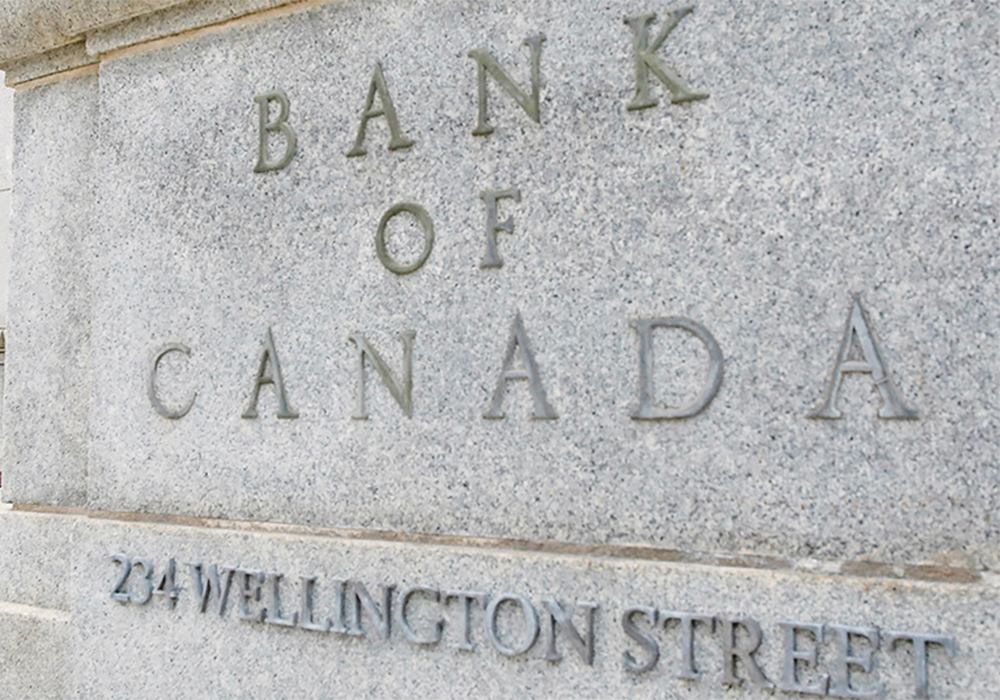The evidence is mounting that the fight against inflation is being won without pushing major economies into recession.
The hoped for “soft landing” appears to be within grasp.
Prices are still going up, but the rate of increase has fallen dramatically. It might take a while to reach central banks’ desired goal of two percent, but things are going in the right direction.
Major free market economies around the world might have slightly different formulas for calculating the consumer price index so they are not directly comparable, but they all show declining inflation.
Read Also

Chinese offer complicates canola marketing
Recently the Chinese ambassador indicated that there would be a potential deal between Canada and China regarding the current tariff war.
Canada’s annual inflation rate increase fell to 3.1 percent in October, down from 3.8 percent the month before.
The United States inflation rate in October declined to 3.2 percent from 3.7 percent. Germany’s rate fell to 3.2 from 3.8 percent.
The United Kingdom’s rate was 4.6 percent, down from 6.7 the previous month and Australia’s rate dropped to 4.9 percent from 5.2.
This was done without slowing economies so much that they created huge unemployment.
This rapid slowing of inflation was because of several factors.
Inflation is caused when there is too much demand chasing limited supply.
Central banks aggressively hiked interest rates to make borrowing more difficult and to dampen demand for goods and services.
On the supply side, the disruptions to factories and international trade caused by COVID 19 slowly resolved themselves in the months after the pandemic was brought under control. Russia’s invasion of Ukraine created another disruption that forced the price of several commodities higher, particularly in energy, but that also worked itself out over time as new trade flows were established.
As monthly inflation statistics fall, people ask when central banks will reverse their interest rate increases.
Much depends on the attitude of the American central bank, called the Federal Reserve, or the Fed.
Central banks manipulate their interest rates to stimulate or restrain their economies in the desired direction. But the banks watch each other closely and often move in similar fashion because if a country’s interest rates fall significantly out of step with others, the country’s currency can be hurt.
They particularly don’t want to vary a lot from the Fed because of its influence on the United States economy, the world’s largest.
For example, if the Federal Reserve sets an interest rate substantially higher than the Bank of Canada, then international currency tends to flow toward the U.S. dollar high interest rate, resulting in less desire for the Canadian dollar and so the exchange rate weakens.
So when the head of the Federal Reserve talks, the world listens.
Last week, Fed chair Jerome Powell in a speech said it is too early to speculate on when policy (ie. interest rates) might ease.
Most analysts expect a steady approach through winter.
Interest rate trade on the CME indicates a 50-50 chance of a rate decline by May of next year.
Economists at Canadian commercial banks also expect no movement on interest rates here, at least until the spring.
So the current high interest rate levels around the world will likely continue to depress economic activity through the winter.
That has a dampening effect on demand for commodities, including oil and gas, metals and crops.
In the crude oil market, this expectation of limited-to-no-growth had a stronger impact than the announcement last week that the Organization of Petroleum Exporting Countries and allies, known as OPEC+ planned further curtailment of production.
OPEC+ said the existing curtailments that Saudi Arabia and Russia have, which total 1.3 million barrels per day, would continue in the new year and also other members volunteered to cut a further 900,000 bpd.
But because the cuts are voluntary, the market is not convinced they will be fully carried out.
Also, OPEC’s cuts are offset by rising crude production in the United States, Canada, Brazil and elsewhere.
Brent crude closed last week a dollar below US$80 per barrel on the February contract. West Texas Intermediate January closed the week below $75 per barrel. Both benchmarks had traded as high as $90 in September.
Crop markets are more influenced by global weather and production prospects, but economic forecasts also play a role. Booming economies lead to strong food demand that lifts prices, while the current weak growth, but no recession outlook, will have little support for crop and livestock prices.
I’ve talked a lot about the state of Western economies, but much depends upon China as well.
Its post-COVID recovery has been lacklustre as it struggles to deal with a real estate sector in crisis, record youth unemployment and big debt problems in local governments.
China’s economy is still growing, but at a much slower pace than in the past.















